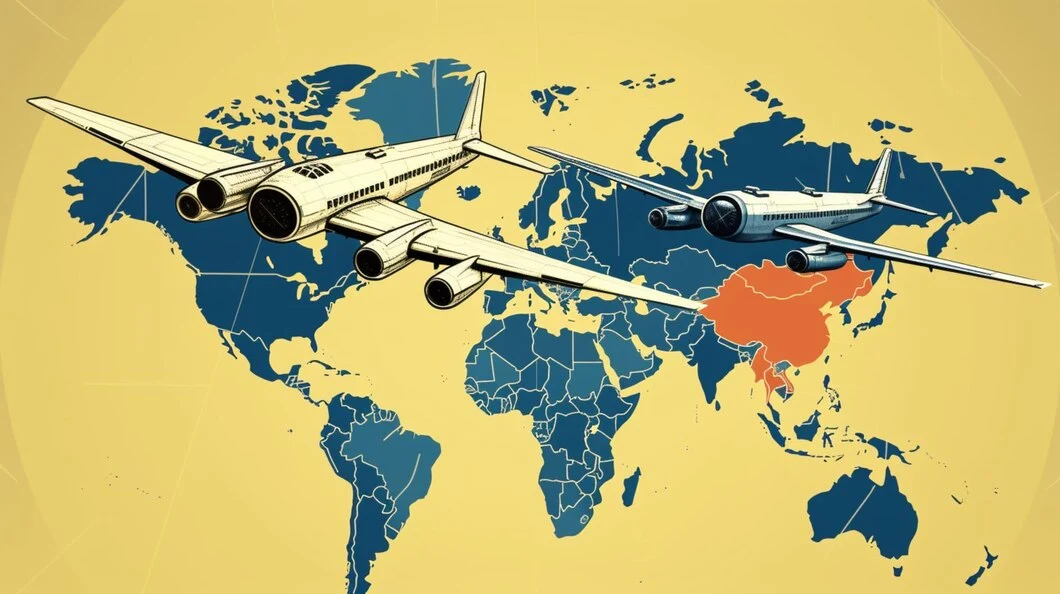Have you ever wondered about the challenges of importing hardware to Africa? As global trade continues to expand, businesses are increasingly looking to tap into the growing African market. However, imported hardware comes with its own set of unique hurdles and opportunities on this diverse continent. Understanding these challenges is crucial for companies aiming to succeed in this promising market.
Successfully importing hardware to African nations requires a deep understanding of local regulations and market needs. This article explores the key aspects of navigating African import regulations, adapting hardware for local markets, and establishing efficient supply chains. By examining these crucial elements, businesses can gain valuable insights to help them thrive in the African hardware import landscape.
Understanding African Import Regulations
Importing hardware to Africa requires navigating a complex web of regulations that vary from country to country. In South Africa, for instance, the South African Revenue Service (SARS) enforces about 90,000 product tariff codes, impacting the process for imported hardware. This level of detail highlights the need for importers to be well-versed in local conventions.
For newcomers to the African market, it’s crucial to partner with experienced freight forwarders and customs clearance agents. These professionals can help navigate the intricate import processes and avoid potential pitfalls. In South Africa, importers must register with SARS and obtain an importer’s code, a requirement that can lead to delays if not properly managed.
Documentation is a critical aspect of African import regulations. South Africa uses a Single Administrative Document (SAD) for customs clearance, covering imports, exports, and cross-border movements. Required documents typically include:
- Commercial Invoice
- Bill of Lading
- Declaration of Origin Form
- Packing List
- Insurance Certificate (for sea freight)
It’s important to note that some African countries, like Angola, have additional requirements. For example, Angola mandates a Loading Certificate issued by the National Council of Angolan Shippers for shipments bound for its ports.
Adapting Hardware for African Markets
Importing hardware to Africa involves more than just navigating regulations. It’s crucial to adapt products to meet local needs and conditions. This adaptation process covers various aspects, from technical specifications to climate considerations.
Power Compatibility
One of the primary concerns when bringing hardware to Africa is power compatibility. South Africa, for instance, uses 230-volt power outlets, which differs from the 110-120 volt standard in some other countries. This means importers need to consider power converters or adapters for their hardware.
For devices that aren’t dual voltage compatible, a step-down power converter is necessary. This allows 100-120 volt appliances to work with 230-volt outlets. However, it’s often more cost-effective and practical to invest in dual-voltage travel appliances rather than relying on bulky power converters.
Climate-Resistant Designs
Localization Requirements
Several African countries have implemented data localization laws, which can impact hardware importation. Kenya, Rwanda, and Zambia have specific data storage and processing requirements. For example, Rwanda requires controllers and processors to store personal data within the country unless they obtain special authorization. Such regulations may necessitate the importation of specialized hardware for local data storage and processing.further emphasizing the need for businesses to understand how to effectively import tech in Africa.
To learn more about importing tech in Africa and exporting goods to South Africa, fill out the form below for a faster response from our experts.
Learn More about successful strategies for Importing Hardware from USA to Africa

